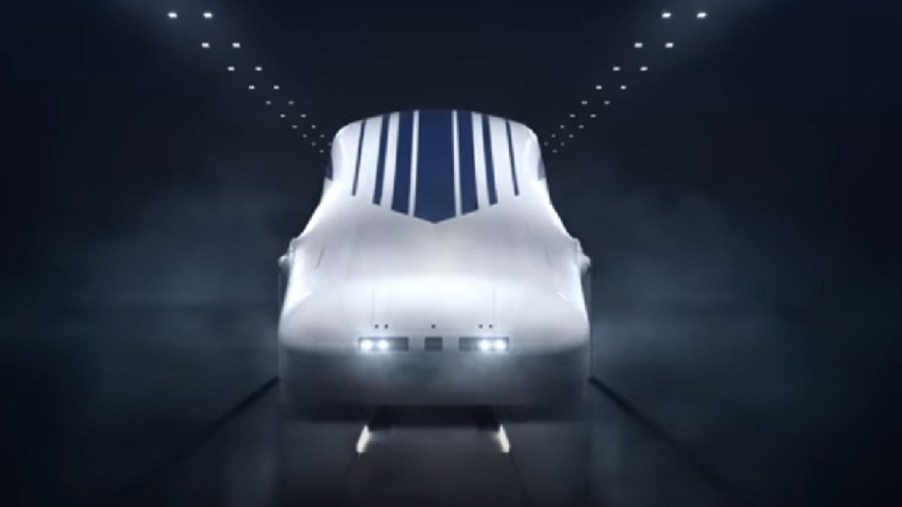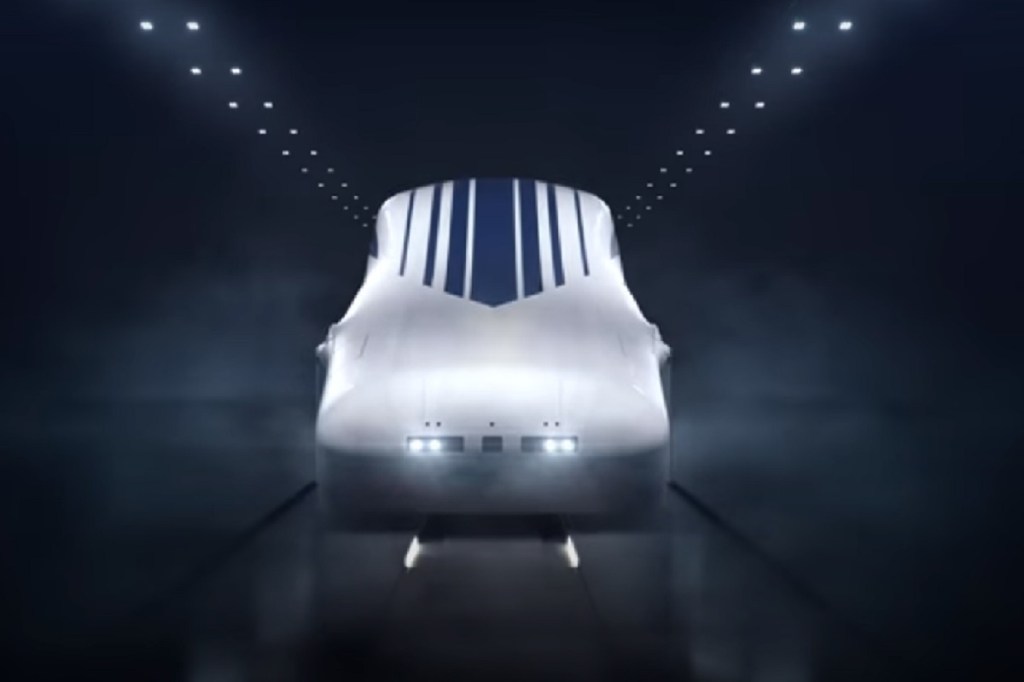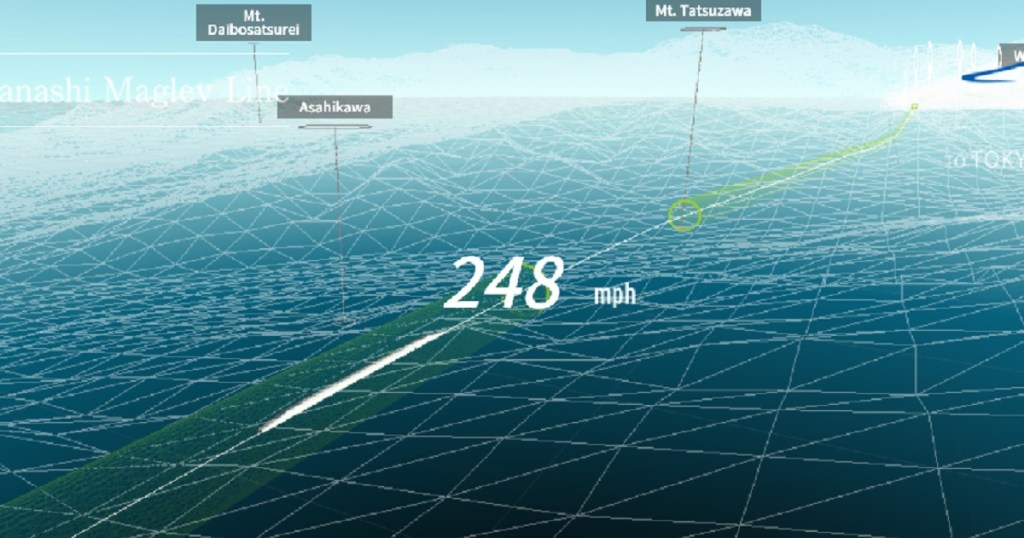
Japan’s New Levitating Train Can Travel a Record Breaking 375 MPH
It won’t be (too) long before people in Japan can travel nearly four hundred miles in an hour. A company in Japan has been working on making the maglev train even faster, as well as expanding access. In just seven years, Japan’s levitating train will be a thing – and it will be able to travel at unbelievable speeds. The best part? It’s electric – and it may eventually come to the United States.

What is Japan’s new levitating train all about?
Japan’s train is known as a shinkansen train. It’s a maglev train, which means that it uses magnetic levitation to move. Magnetic levitation is just what it sounds like: the train uses magnets and coils to levitate over the tracks. This allows the train to move at even faster speeds than a typical train. However, the train will travel on rubber wheels when going at low speeds.
The type of technology used in maglev trains allows them to use less energy than an airplane. This means large numbers of people could travel faster and with less of a negative environmental impact. The shinkansen train will always use electricity, even when driving on wheels.
Car and Driver reports that Japan’s levitating train will be made by Japan Railway Group’s Series L0. It isn’t Japan Railway Group’s only project. There’s also a Linear Project, which the shinkansen train will be added to.
Where will Japan’s new maglev train travel?
The new train will connect Tokyo and Nagoya, a distance of 178 miles. This route will only take 40 minutes for the new train to traverse. Car and Driver notes that this route will largely be underground, through tunnels, due to seismic activity in the area. Japan’s Railway Group has plans to add the 100-mile route to Osaka in 2037. It will take approximately 67 minutes to travel this route.
How fast will the shinkansen train be?

Although the shinkansen train will be capable of 375 mph, it won’t generally travel that fast. Its expected top speed is about 311 mph, which is still amazingly fast. It’s worth mentioning that 375 mph is the current world record in railway speed.
JR Central’s website, which has information about their current and upcoming projects, says that it’s technically possible for a train to travel faster than 375 mph. Especially with the maglev technology, it is feasible. However, it’s not practical, considering the extra equipment it would take to keep this operating safely.
It’s possible that the U.S. will eventually get something like the shinkansen train. Among these projects is the idea of a “SCHMAGLEV” train, which could potentially come to the United States at some point. JR Central says they’re hoping to put a train in the northeast United States. Cities mentioned on their website include New York, Washington D.C., Philadelphia. It also mentions that it could reduce travel between New York and Washington D.C. in just an hour. This would be huge for business as well as politics.
If maglev trains become more widespread and connect cities that previously took longer amounts of time, it could mean big things for business and politics. Additionally, it could be a great move for the environment.


